Educational technology is making a huge impact on how students learn, how teachers teach and how education is done.
Get Started for FREE
Sign up with Facebook Sign up with X
I don't have a Facebook or a X account
 Your new post is loading... Your new post is loading...
 Your new post is loading... Your new post is loading...
Gary Harwell's curator insight,
October 5, 2014 2:06 AM
Some cool stuff to share with your students. 
Leah Hood's curator insight,
August 22, 2017 4:54 PM
If you are looking for some maps that will have students scratch their heads and consider come concepts in a new light this post will provide you with 22 choices. The one above intrigued me. It shows a map of the world, and has a circle that shows where more people live than the rest of the world. I suspect this image would bring up many questions, and that many would be interdisciplinary. Click through to the post to find many other great maps and charts.

Dr. Robin Yap, JD, PhD's curator insight,
September 10, 2013 10:29 AM
What is your takeaway from this? 
Ana C. Robles's comment,
September 12, 2013 9:34 AM
Ideas and elements when creating an info-graph... Good source for designers.
|

miguel a. rodriguez's curator insight,
July 19, 2014 5:24 AM
Interesante infografia de google analytics 
John Lemos Forman's curator insight,
July 20, 2014 10:55 PM
Muita expectativa mas ainda poucos resultados concretos ... De qualquer modo, esta se formando uma percepção de que o modelo educacional vai ser fortemente impactado nos próximos anos

KCenter SKEMA's curator insight,
April 25, 2014 4:53 AM
"The Bill and Melinda Gates Foundation just released a report detailing the results of 3,100 teacher surveys and 1,250 student surveys on the kinds of digital instruction tools that are useful and effective. The foundation has asked teachers and students what they need when it comes to digital instruction, aiming to close the communication gap between commercial developers and schools. One of the biggest takeaways is that most teachers — 54 percent — don’t find many of the digital tools they use effective. That’s partly because teachers often aren’t making purchasing decisions. When they do have a say in tool selection they often report on its effectiveness more favorably. When asked about free products, teachers reported that free products are just as likely to be effective as the products the district purchased for them." |



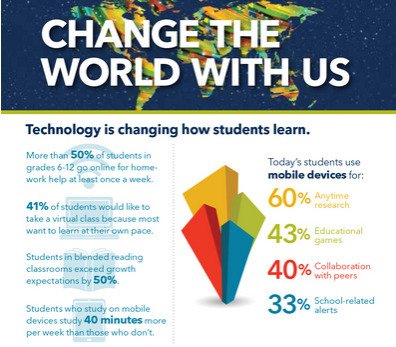



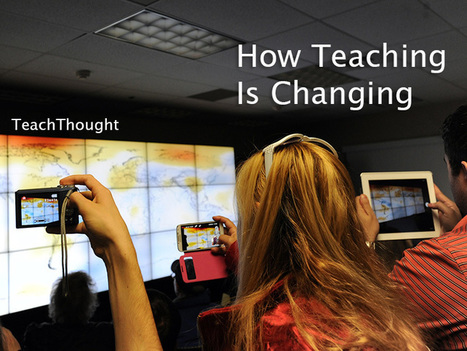


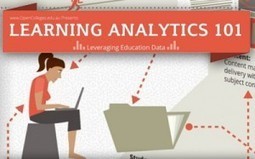

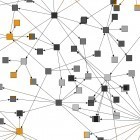

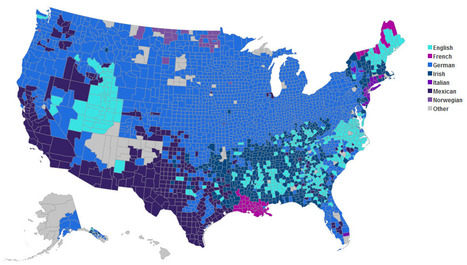

![Things You Never Knew About McDonald's [infographic] | Eclectic Technology | Scoop.it](https://img.scoop.it/LEkQV2Q9psu2DAga-sKHITl72eJkfbmt4t8yenImKBVvK0kTmF0xjctABnaLJIm9)

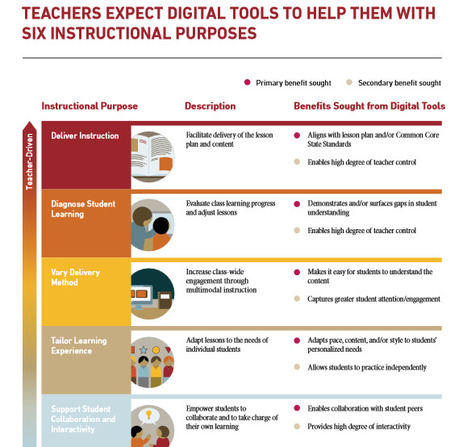



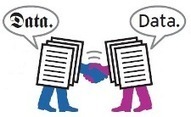
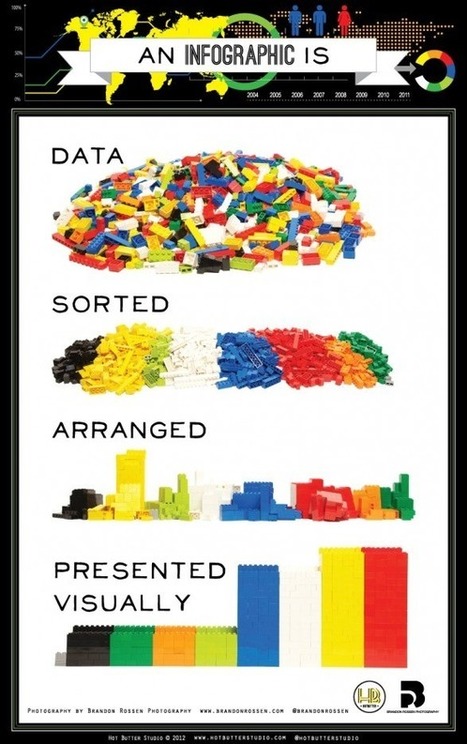
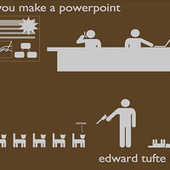








ISTE has released this new infographic that shares data on how technology in impacting our learners. It is divided into the following categories:
* Technology is changing how how students learn.
* Technology is changing how teachers teach.
* Together we're changing education - one classroom at a time.
Before clicking through to the infographic take a moment to think about how technology is used in your school or classroom. Then check out the infographic and see if these statistics surprise you. There may be some new avenues you would like to explore.